
A Price Worth Paying (part 1 of 3)
July 18th, 2017
(Part 2, Part 3)
Back to Marlborough Forest on June 14th. This time, instead of taking the usual loop around Roger's Pond, I decided to explore the vast network of forest roads. (By "vast", I mean that if you keep going down some of those roads, eventually you won't be in North Gower any longer. Snowmobilers use them.) It turned out to be a wetland wildflowers kind of day, with a big surprise at the end.
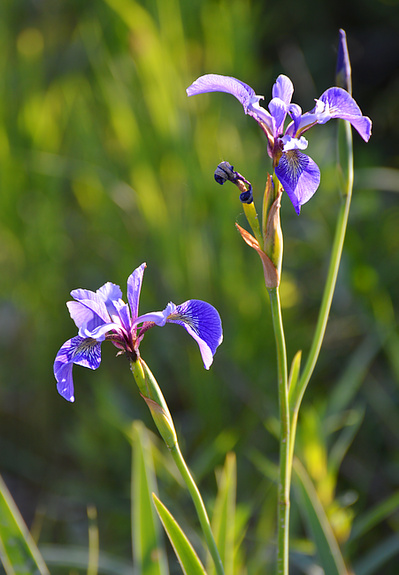
My route took me through swampy woods decked out with these magnificent Blue Flag irises. The first few were wilted and past-prime, but it seemed the further along I got, the better they got. Blue Flag inhabits a variety of wetlands, from marshes to wet meadows to streambanks.
My route also took me through mosquito paradise. (Their paradise. Not mine. So not.) One of the challenges of being a backwoods nature-watcher is that DEET literally melts plastic. I've already destroyed one set of binoculars with it and warped the focus ring on my zoom lens. On this day I managed to keep going without it for some time, through sheer bullheaded stubbornness, but eventually gave in. I'd rather let DEET slowly devour my equipment than let the mosquitos and deer flies slowly devour me.
At any rate, it was worth it. Marlborough Forest is a place where you learn that you can't have the beautiful parts of nature without the biting, stinging parts of nature. It's all one.
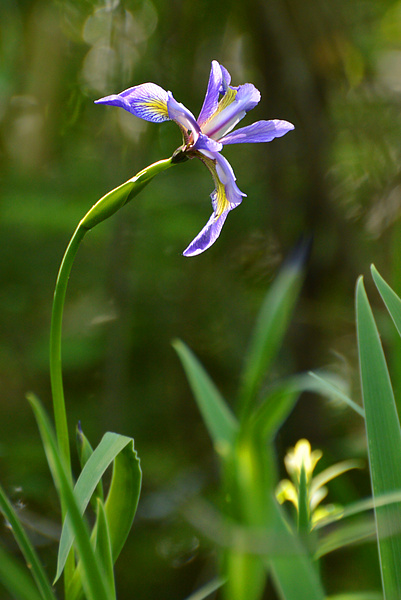
I received approximately 1,000,000 mosquito bites while taking this photo.
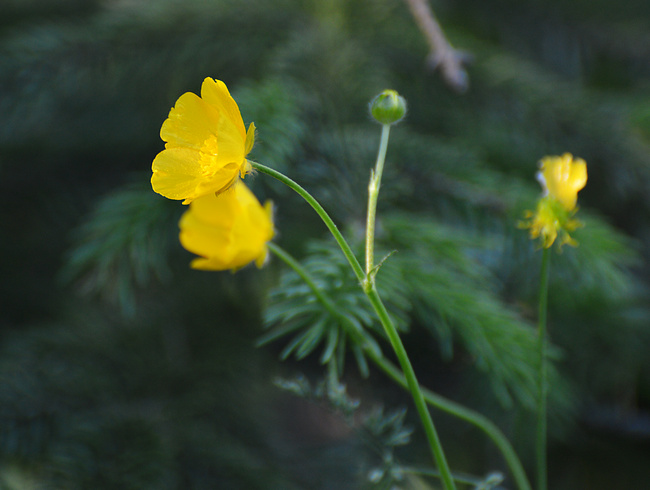
Common Buttercup

Hello. I understand that Cedar Waxwings like to eat flying insects. Could you please eat some of these flying insects? Kthx.
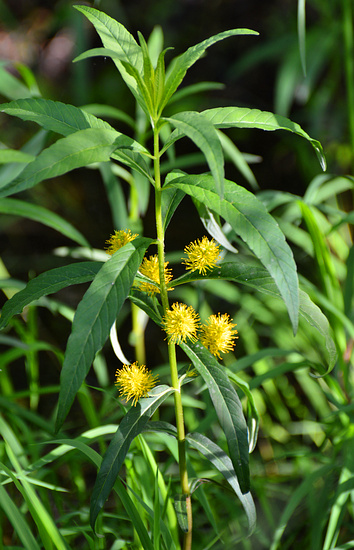
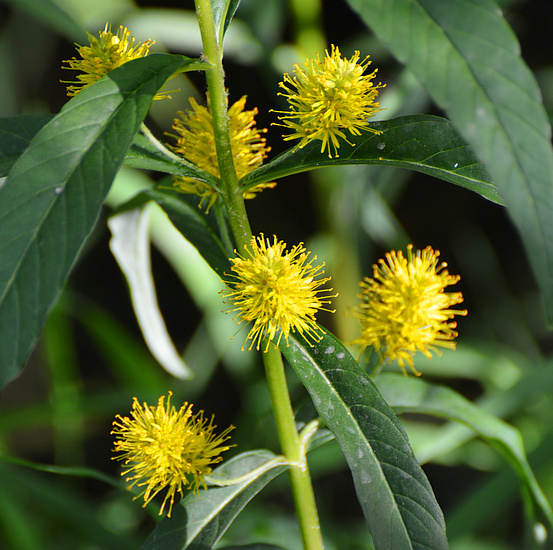
This was growing in standing water. My first thought was that the strangely-placed yellow clusters were some sort of foreign growth on the plant, but a closeup revealed the peduncles anchoring them to the stem. I couldn't find this one in my Peterson's field guide--which turned out to be because it wasn't in there, oddly enough. It's called Tufted Loosestrife. Unlike the familiar, invasive Purple Loosestrife (to which it is not closely related), it's a native North American wildflower that occurs only in natural wetlands.
July 18th, 2017
(Part 2, Part 3)
Back to Marlborough Forest on June 14th. This time, instead of taking the usual loop around Roger's Pond, I decided to explore the vast network of forest roads. (By "vast", I mean that if you keep going down some of those roads, eventually you won't be in North Gower any longer. Snowmobilers use them.) It turned out to be a wetland wildflowers kind of day, with a big surprise at the end.

My route took me through swampy woods decked out with these magnificent Blue Flag irises. The first few were wilted and past-prime, but it seemed the further along I got, the better they got. Blue Flag inhabits a variety of wetlands, from marshes to wet meadows to streambanks.
My route also took me through mosquito paradise. (Their paradise. Not mine. So not.) One of the challenges of being a backwoods nature-watcher is that DEET literally melts plastic. I've already destroyed one set of binoculars with it and warped the focus ring on my zoom lens. On this day I managed to keep going without it for some time, through sheer bullheaded stubbornness, but eventually gave in. I'd rather let DEET slowly devour my equipment than let the mosquitos and deer flies slowly devour me.
At any rate, it was worth it. Marlborough Forest is a place where you learn that you can't have the beautiful parts of nature without the biting, stinging parts of nature. It's all one.

I received approximately 1,000,000 mosquito bites while taking this photo.

Common Buttercup

Hello. I understand that Cedar Waxwings like to eat flying insects. Could you please eat some of these flying insects? Kthx.


This was growing in standing water. My first thought was that the strangely-placed yellow clusters were some sort of foreign growth on the plant, but a closeup revealed the peduncles anchoring them to the stem. I couldn't find this one in my Peterson's field guide--which turned out to be because it wasn't in there, oddly enough. It's called Tufted Loosestrife. Unlike the familiar, invasive Purple Loosestrife (to which it is not closely related), it's a native North American wildflower that occurs only in natural wetlands.
| ← | → |

Mike
July 18th, 2017 at 7:09 am
Great colors... the mosquito bites will heal, so it's all worth it, right? Sadly, waxwings are less willing to buzz you and snap up bugs than dragonflies.
The Tufted Loosestrife is neat, I'm pretty sure I've never seen it!
dagibbs
July 18th, 2017 at 11:51 pm
Have you considered bug-netting -- a bug-shirt or at least head-net to help keep the mosquitoes away without using DEET? I've found them quite effective for belaying climbers during the buggier parts of the year.
Suzanne
July 21st, 2017 at 6:00 pm
dagibbs: Considered it but not actually done it yet. I once went birding with a group at Champlain Lookout in mid-black-fly season, and the only one of us who wasn't miserable was the one with the head-net. If I ever brave a place like Algonquin Park in June I will definitely buy some special gear!